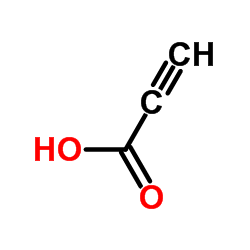| Structure | Name/CAS No. | Articles |
|---|---|---|
 |
Resveratrol
CAS:501-36-0 |
|
 |
Propiolic acidd
CAS:471-25-0 |